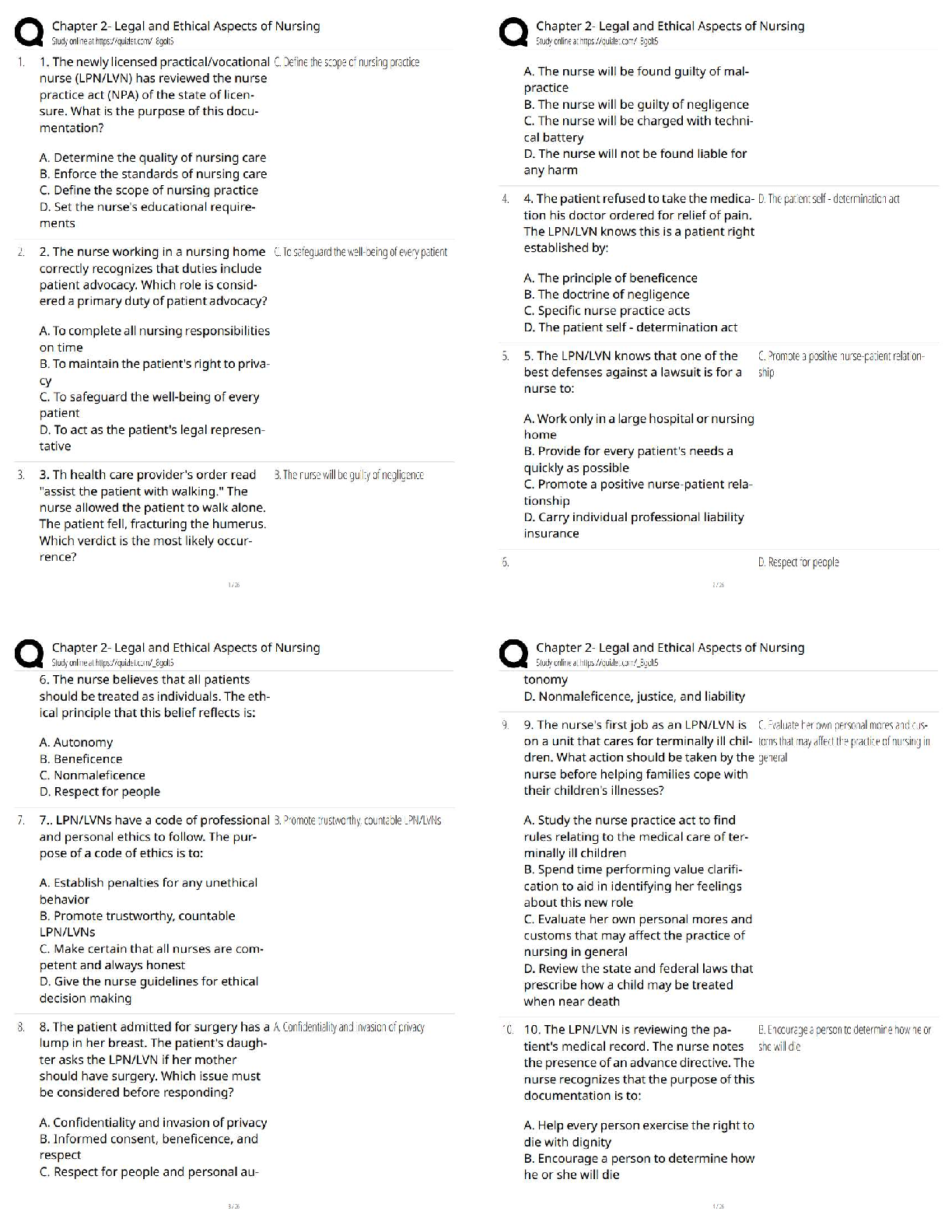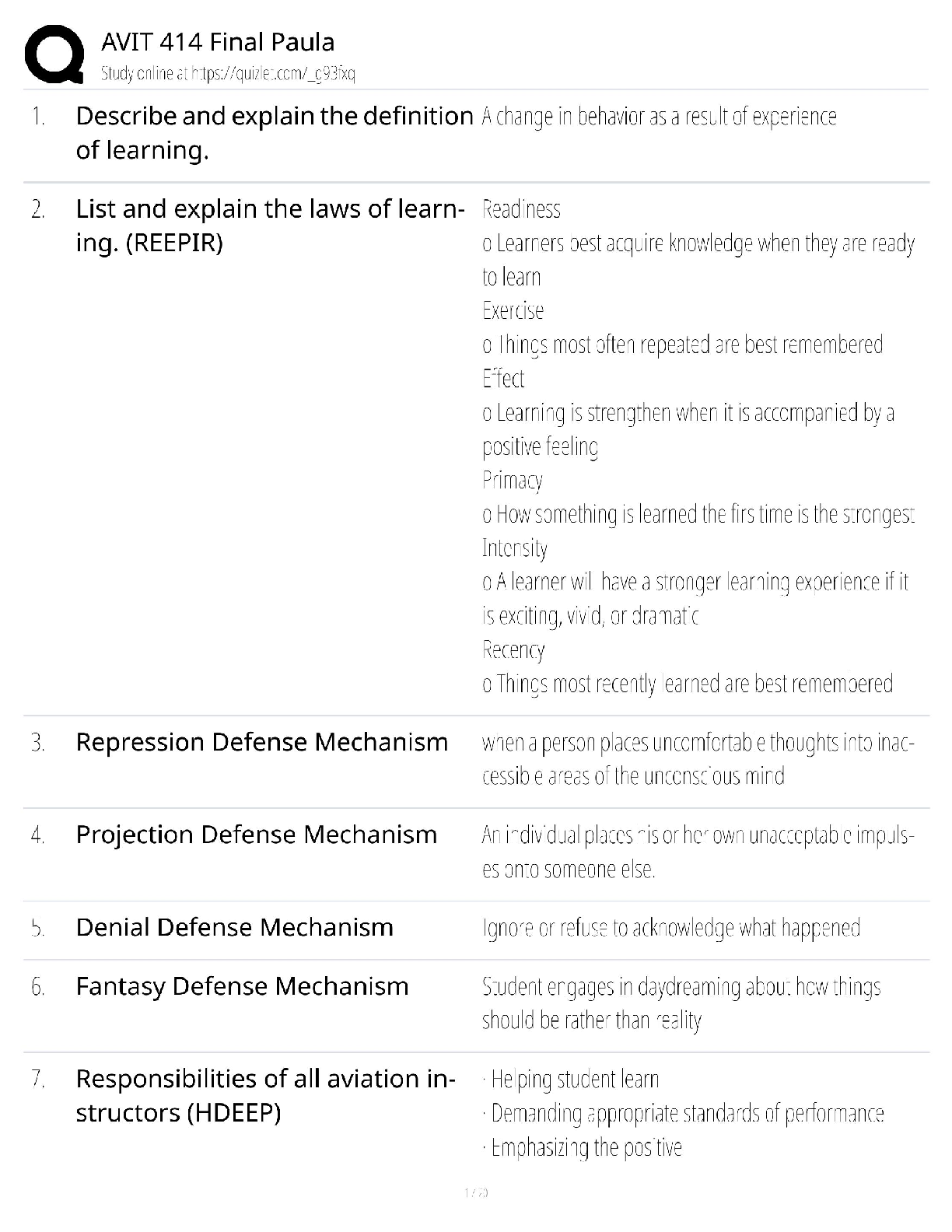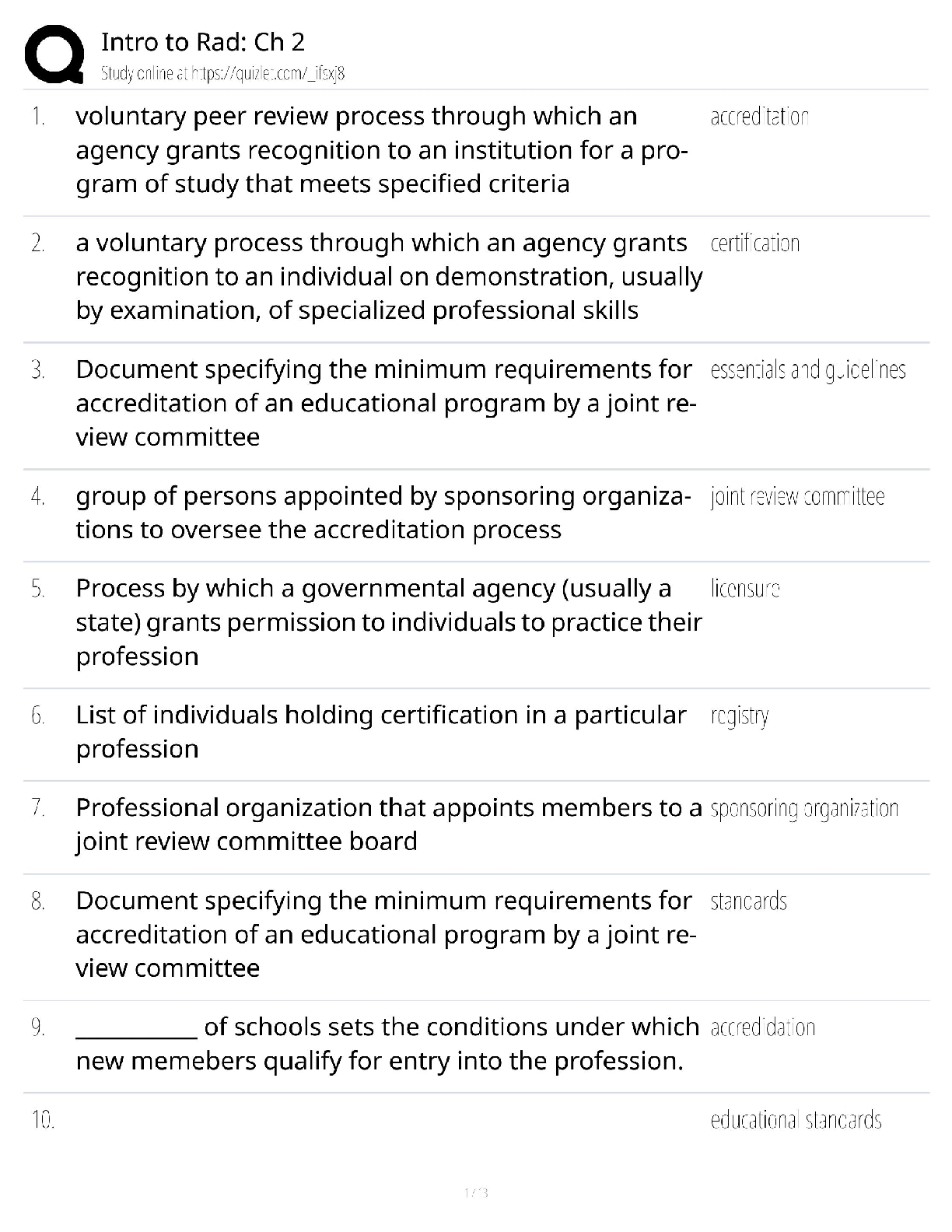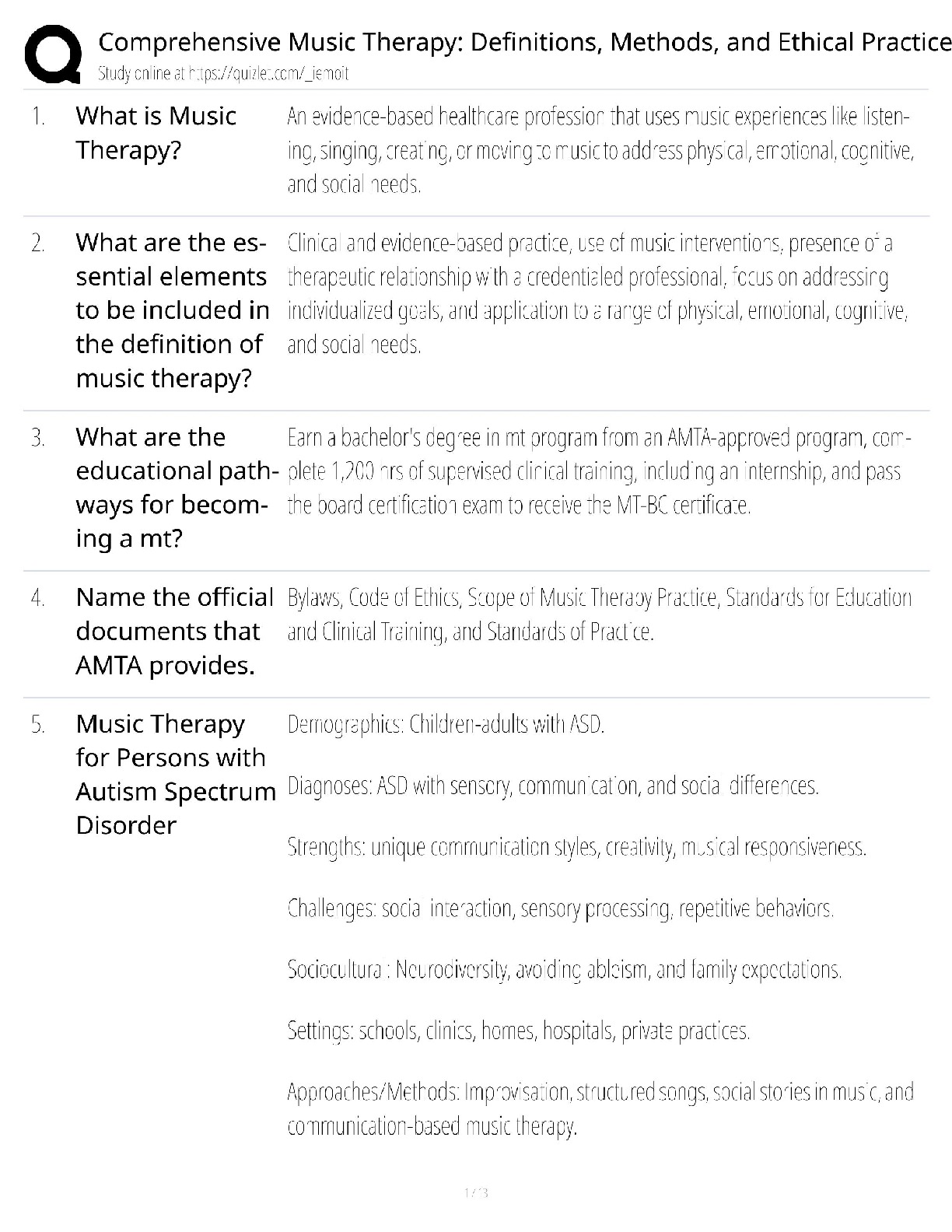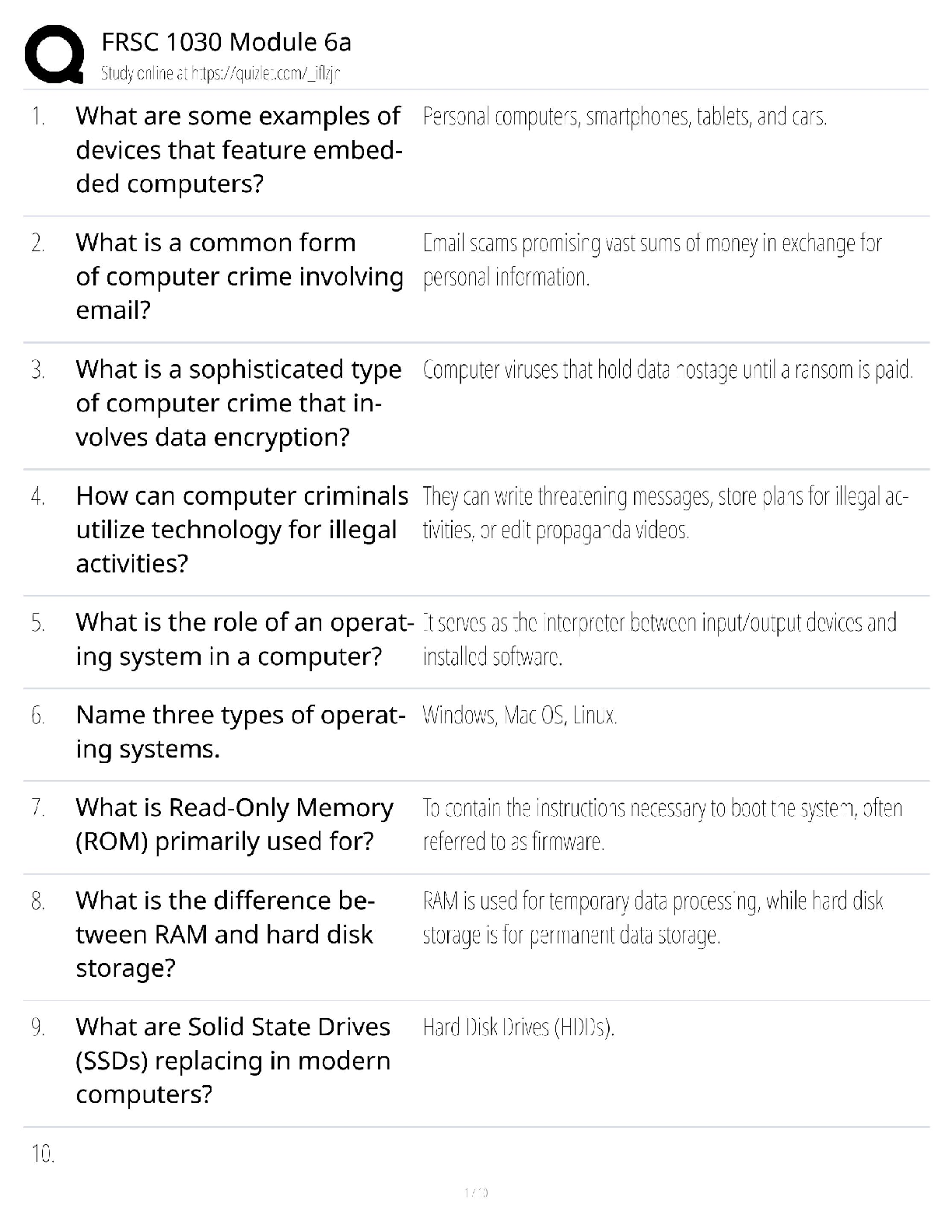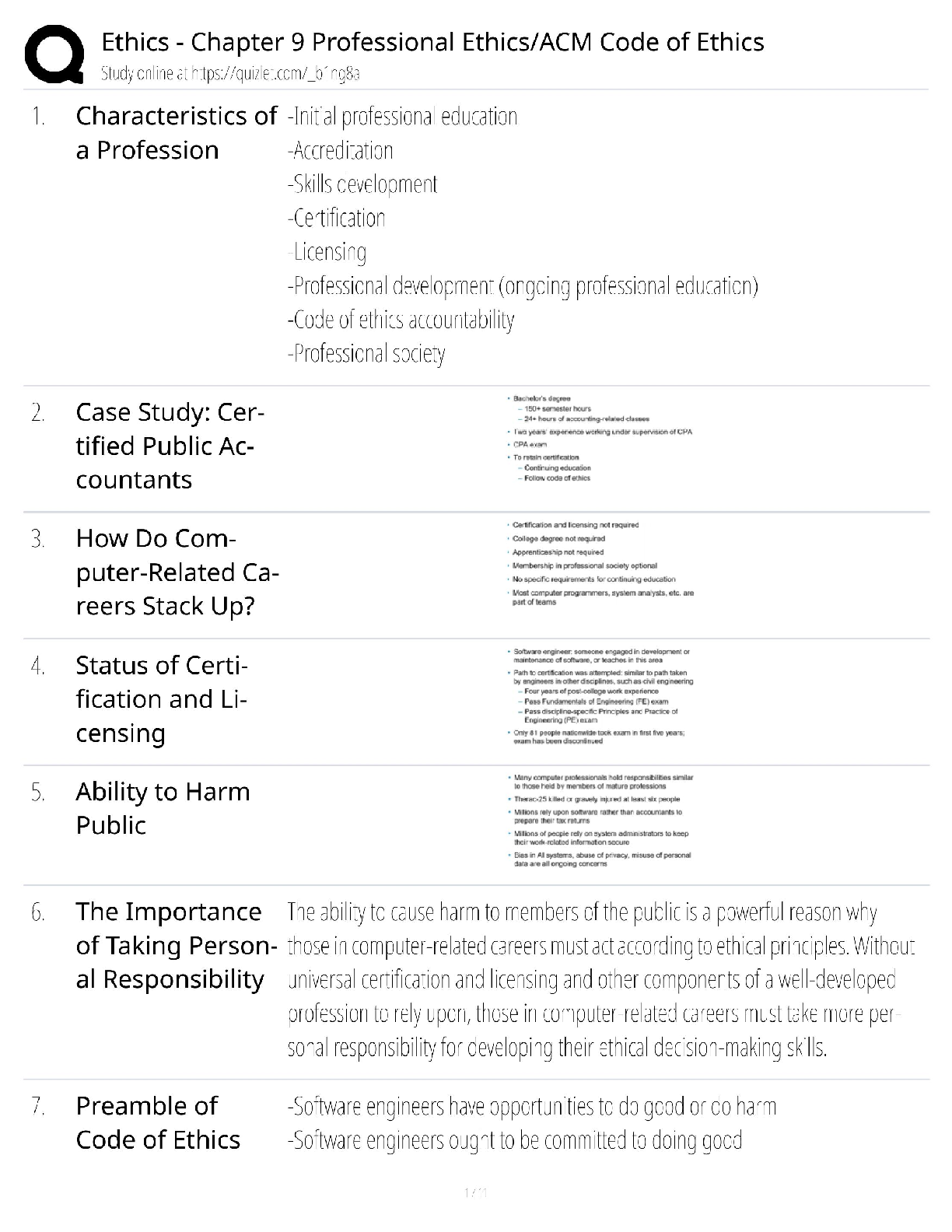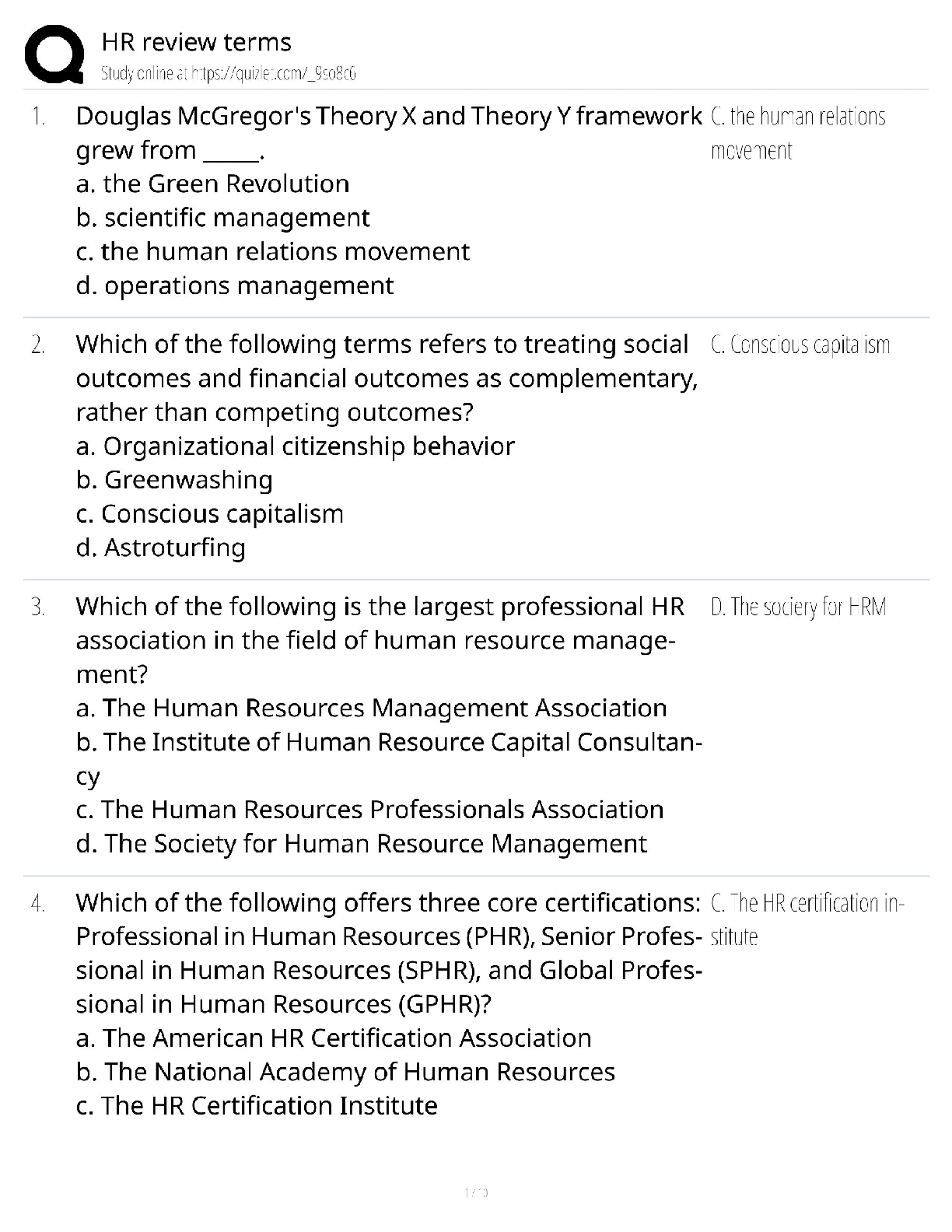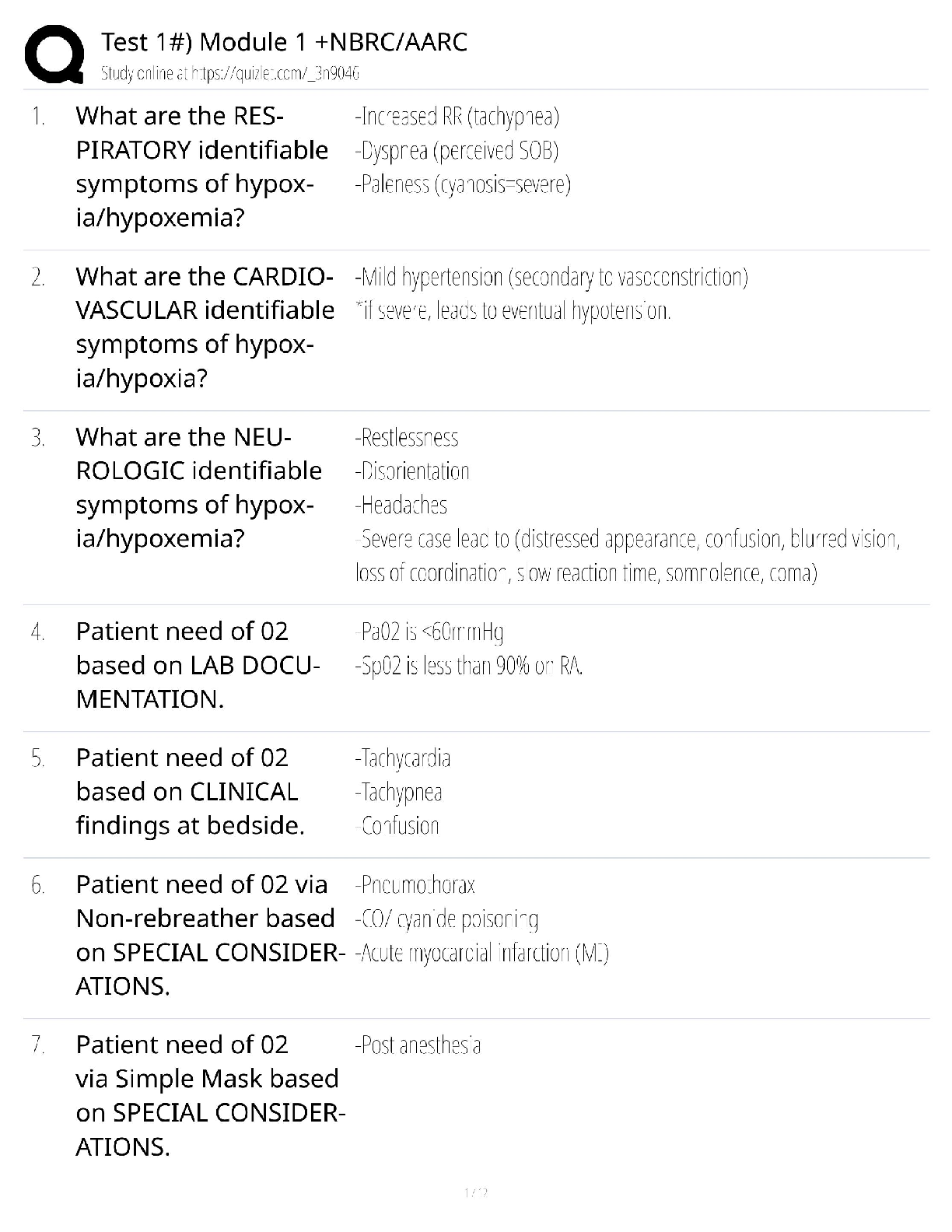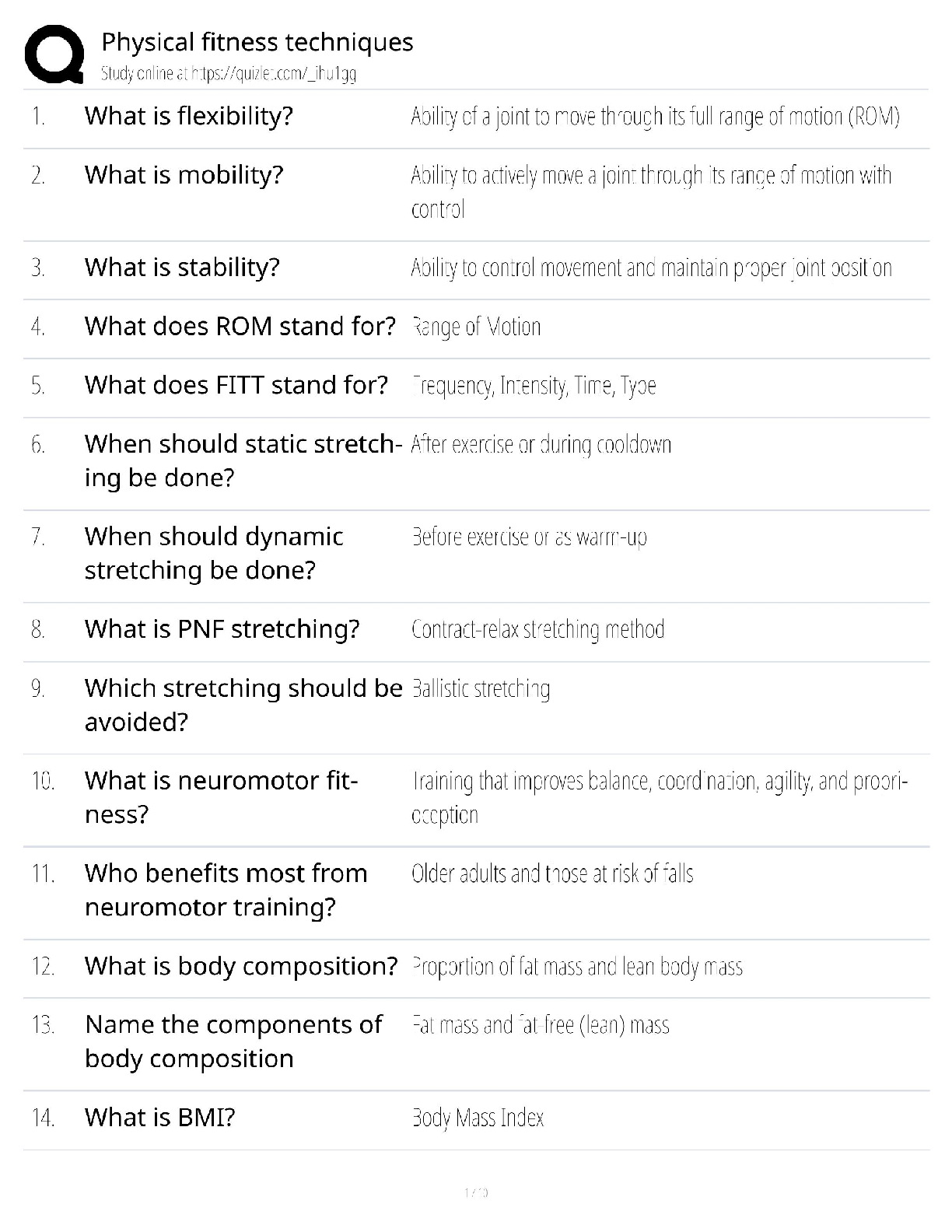*NURSING > QUESTIONS & ANSWERS > Dosage Calculation RN Fundamentals Online Practice Assessment 3.0 Questions and Answers 100% Pass (All)
Dosage Calculation RN Fundamentals Online Practice Assessment 3.0 Questions and Answers 100% Pass
Document Content and Description Below
Dosage Calculation RN Fundamentals Online Practice Assessment 3.0 Questions and Answers 100% Pass A nurse is preparing to administer codeine 20 mg PO every 6 hr PRN pain. Available is codeine oral ... solution 10 mg/ 5 mL. How many mL should the nurse administer per dose? (Round to the nearest whole number. Use a leading zero if it applies. Do not use a trailing zero.) ✔✔Answer: 10 mL Follow these steps for the Ratio and Proportion method of calculation: Step 1: What is the unit of measurement the nurse should calculate? mL Step 2: What is the dose the nurse should administer? Dose to administer = Desired 20 mg Step 3: What is the dose available? Dose available = Have 10 mg Step 4: Should the nurse convert the units of measurement? No Step 5: What is the quantity of the dose available? 5 mL Step 6: Set up an equation and solve for X. Have/Quantity = Desired/X 10 mg/ 5 mL = 20 mg/ X mL X mL = 10 mL Step 7: Round if necessary. Step 8: Determine whether the amount to administer makes sense. If there are 10 mg/5 mL and the prescription reads 20 mg, it makes sense to administer 10 mL. The nurse should administer codeine oral solution 10 mL PO every 6 hr PRN pain. A nurse is preparing to administer eszopiclone 2,000 mcg PO to a client. How many mg should the nurse administer? (Round to the nearest whole number. Use a leading zero if it applies. Do not use a trailing zero.) ✔✔Answer: 2 mg Follow these steps for the Ratio and Proportion method of calculation: Step 1: What is the unit of measurement the nurse should calculate? mg Step 2: What is the dose the nurse should administer? Dose to administer = Desired 2,000 mcg Step 3: What is the dose available? Dose available = Have 1 mg Step 4: Should the nurse convert the units of measurement? Yes (mcg does not equal mg) 1,000 mcg/1 mg = 2,000 mcg/X mg X mg = 2 mg Step 5: Round if necessary. Step 6: Determine whether the amount to administer makes sense. If the prescription reads 2,000 mcg and 1,000 mcg equals 1 mg, it makes sense to administer 2 mg. The nurse should administer [Show More]
Last updated: 2 years ago
Preview 1 out of 32 pages
.png)
Buy this document to get the full access instantly
Instant Download Access after purchase
Buy NowInstant download
We Accept:

Also available in bundle (2)
Click Below to Access Bundle(s)
.png)
ATI Fundamentals Bundled Exams Questions and Answers with Complete Solutions
ATI Fundamentals Bundled Exams Questions and Answers with Complete Solutions
By Nutmegs 2 years ago
$25
22
.png)
Dosage Calculation Bundled Exams Questions and Answers 100% Pass
Dosage Calculation Bundled Exams Questions and Answers 100% Pass
By Nutmegs 2 years ago
$21.5
17
Reviews( 0 )
$10.00
Can't find what you want? Try our AI powered Search
Document information
Connected school, study & course
About the document
Uploaded On
Feb 04, 2023
Number of pages
32
Written in
All
Additional information
This document has been written for:
Uploaded
Feb 04, 2023
Downloads
0
Views
176





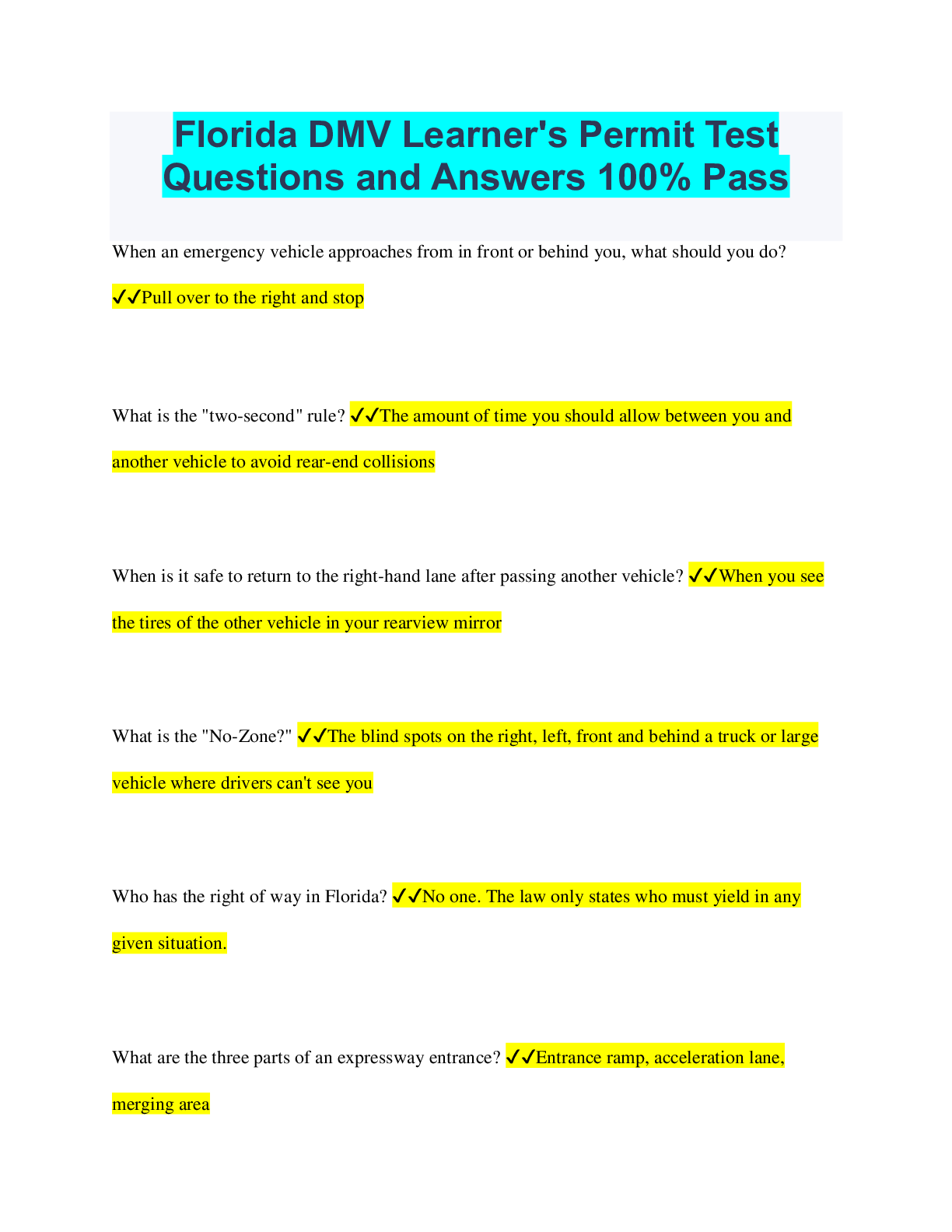
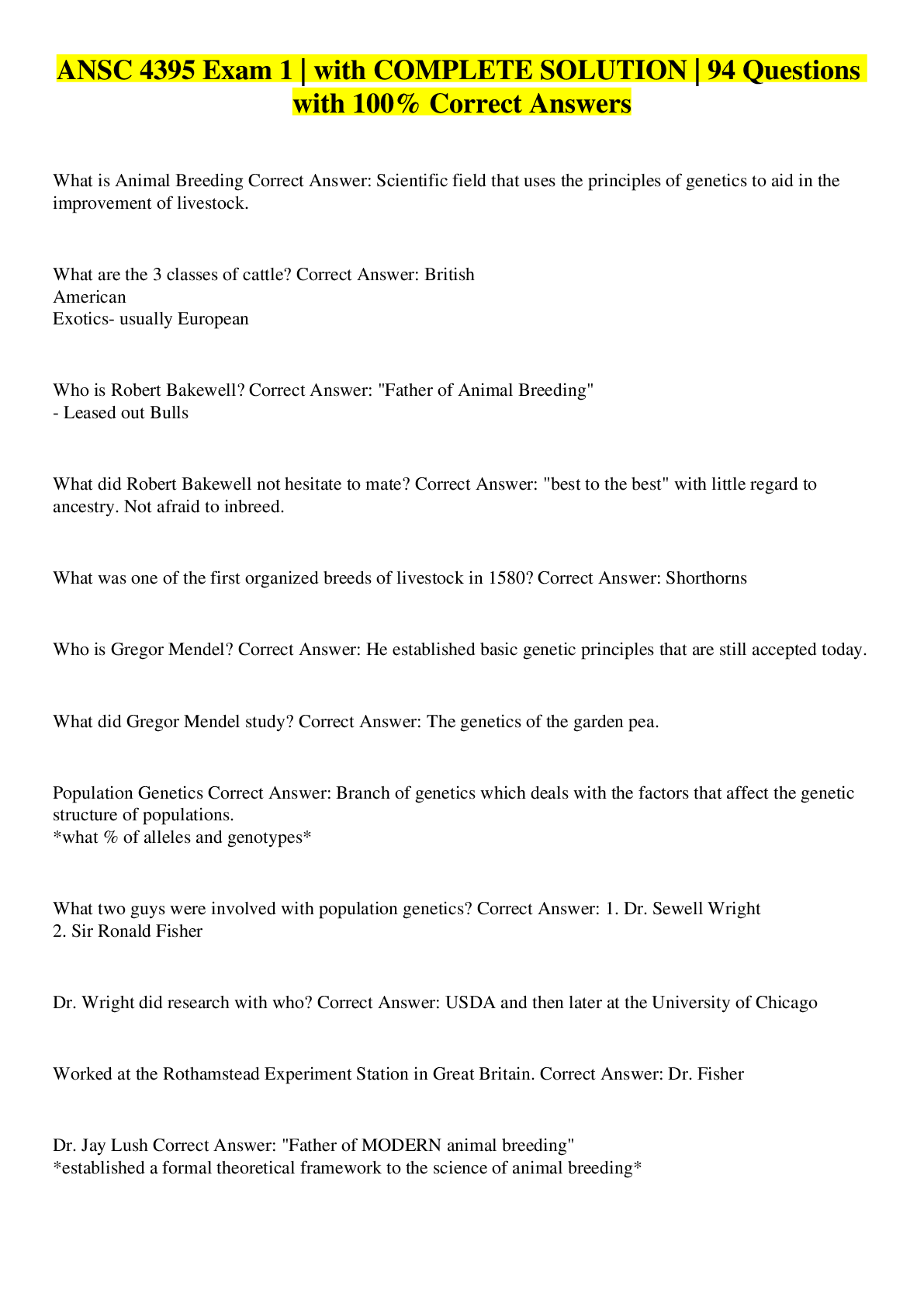

.png)






